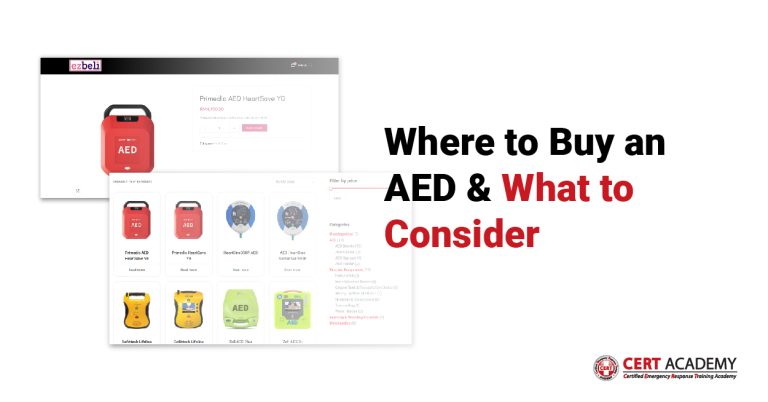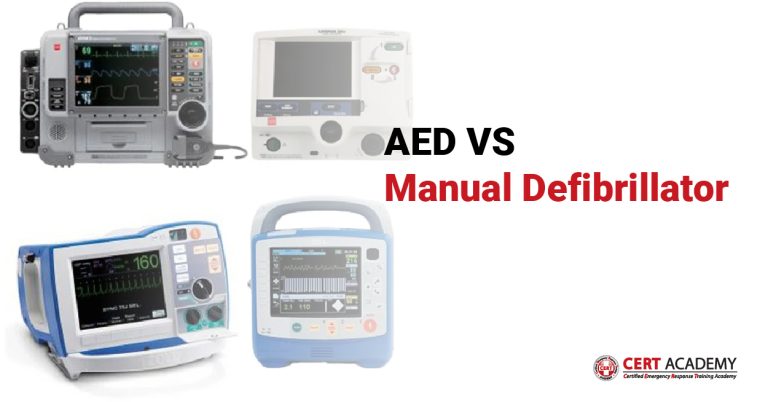Call Us +603-8066 8665
What is Automated External Defibrillator? (AED) | How to use AED? | Guide to AED
What is an Automated External Defibrillator (AED) ?
An AED stands for Automated External Defibrillator. It is a portable device that checks the heart rhythm and can send an electric shock to the heart. The shock can stop an irregular rhythm and allow the heart to resume to normal heart rhythm. The heart must be defibrillated as soon as possible, because a victim’s chance of survival may drop by 7 to 10 percent for every minute a normal heartbeat isn’t restored.

Why is it IMPORTANT to have an AED?
The heart will not permit adequate circulation after sudden cardiac arrest, even if CPR is performed. Using an AED immediately after sudden cardiac arrest can increase the chance of survival by more than 90%}. The survival rate is reduced by approximately 10% for each minute that defibrillation is delayed.
Should You INVEST in an AED at Your Workplace?
In a sudden cardiac arrest emergency, time is of essence. It takes an average of 8-12 minutes for first responders to arrive at the scene after 999 is called, which is why having an AED in the workplace could make the difference between life and death. There are a few downsides to having an AED in your workplace.

Who CAN USE an AED?
Because AEDs are portable, they can be used by non medical people, such as police, fire service personnel, flight attendants, security guards and others who have been properly trained to operate them. An AED operator must know how to recognize the signs of a sudden cardiac arrest, when to activate the EMS system, and how to do CPR – so it’s also vital that they receive formal training on the AED model they will use so that they become familiar with the device and are able to successfully operate it in an emergency. The American Heart Association recommends that anyone who lives or works where an AED is available for use by lay rescuers participate in Basic First Aid, CPR & AED training. AEDs, in fact, are so user-friendly that untrained rescuers can generally succeed in attaching the pads and delivering shocks. Untrained rescuers, however, may not know when to use an AED, and they may not use an AED safely, posing some danger of electric shock to themselves and others. Also, untrained rescuers may not know how to respond to the victim when the AED prompts “no shock indicated”.
Is AED SAFE to Use?
Eg: Apply pads to patient’s bare chest
The device is also designed into the unit precisely so that non-medical responders can’t use the AED to shock someone who doesn’t need a shock. The rescuers just need to follow the instructions from the device and make sure everyone is clear from the victim before shock is delivered.
What is Sudden Cardiac Arrest (SCA)?
Sudden cardiac arrest (SCA) occurs unexpected and without warning. This is due to cessation of electrical activity that causes an irregular heartbeat, also known as arrhythmia. The heart will be unable to pump blood to the brain, heart, lungs and to the rest of the body, causes the person to collapse and become pulseless. The victim is clinically dead and will remain so if the victim does not receive treatment immediately.

What is the difference between Sudden Cardiac Arrest and Heart Attack??
A heart attack is when blood flow to the heart is blocked resulting in the death of the heart muscle, and sudden cardiac arrest is when the heart malfunctions and suddenly stops beating unexpectedly. A heart attack is a circulation problem and sudden cardiac arrest is an electrical problem. Sometimes a heart attack can also trigger a sudden cardiac arrest.



